#astronomical observations
Explore tagged Tumblr posts
Text

ORION CONSTELLATION
#science#spirituality#technology#tumblr milestone#nature#positivity#hubble telescope#outer space#space photography#constellations#orion#orion constellation#astronomical observations#astronomy#Infinity ASTRONOMERICA
42 notes
·
View notes
Text
just today, during astronomical observations, we studied how the atmosphere affects observations and why the disk of the sun visually deforms a little at sunset and suddenly now there is such a beautiful sunset

#astrophysics student#astronomy student#astrophysics#astronomy#astronomical observations#astro observations#nature#sunset#student life
7 notes
·
View notes
Text
Unveiling the Cosmic Remnant: Exploring the Crab Nebula (M1)
Credits: NASA, ESA, J. Hester and A. Loll (Arizona State University) Among the fascinating remnants of stellar explosions, the Crab Nebula, also known as Messier 1 (M1), stands as a testament to the immense forces that shape our universe. Located in the constellation Taurus, this celestial spectacle has captivated astronomers and enthusiasts alike for centuries. In this article, we embark on a…

View On WordPress
#Astrobiology#Astronomical Catalogs#Astronomical Databases#Astronomical Imaging#Astronomical Instruments#Astronomical Observations#Astronomical Phenomena#Astronomical Spectroscopy#Astronomical Surveys#Astronomical Units#Black Holes#Celestial Bodies#Constellations#Cosmic Microwave Background#Cosmology#Dark Energy#Dark Matter#Exoplanets#Galaxies#Light-years#Meteor Showers#Nebulae#Planets#Solar System#Space Exploration#Stars#Stellar Evolution#Supernovae#Telescopes
7 notes
·
View notes
Text
Close up of Pluto from the New Horizons space probe.
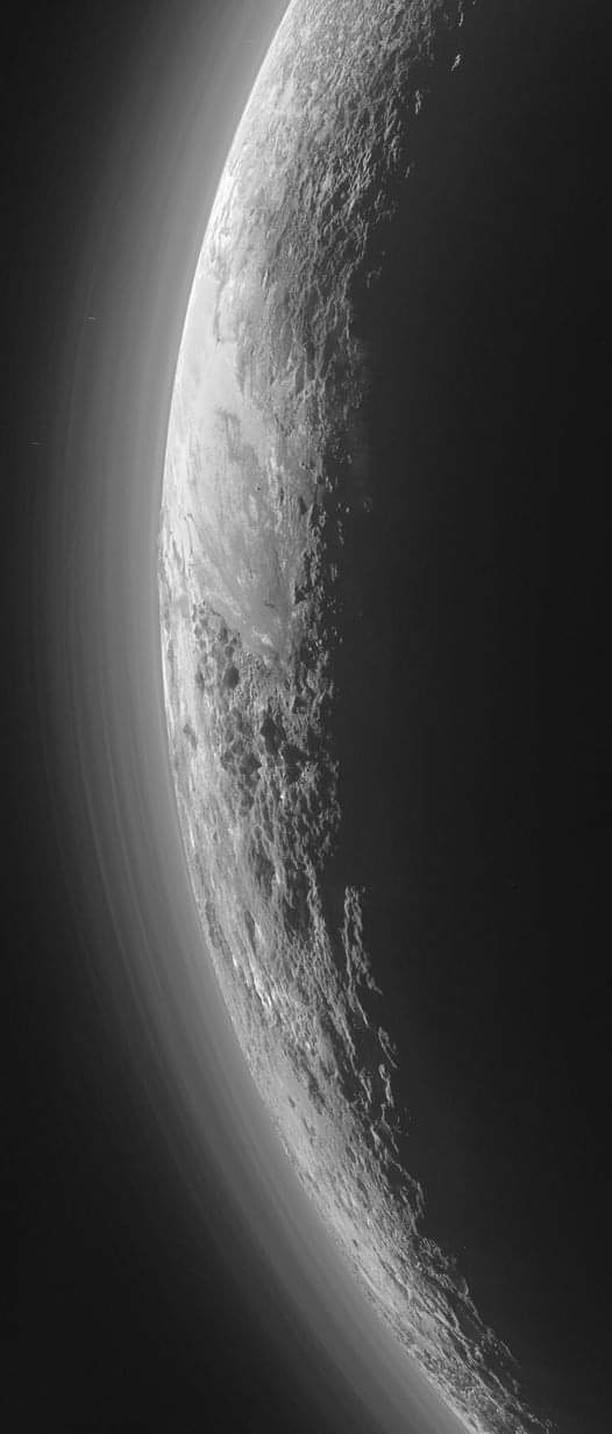
Will be adding several more photos to this same post
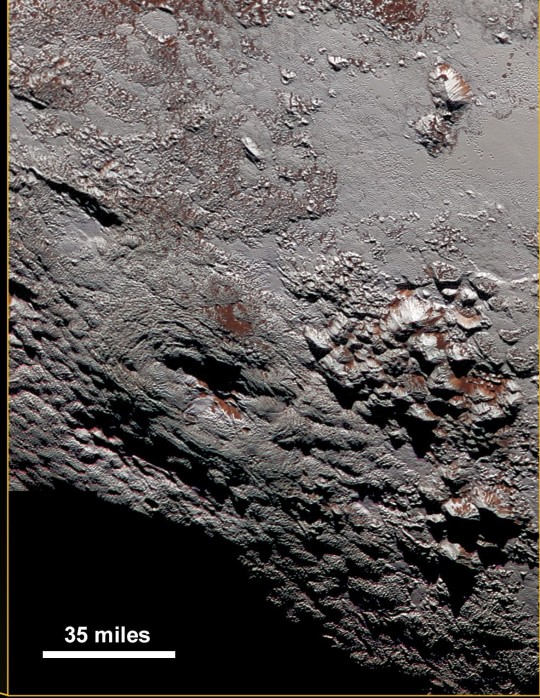

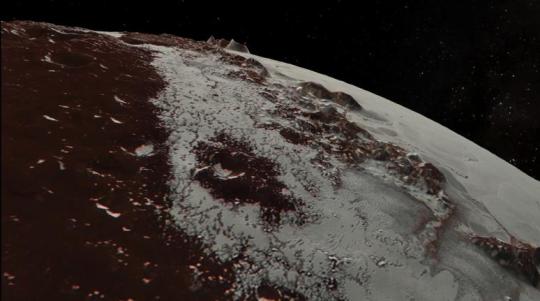
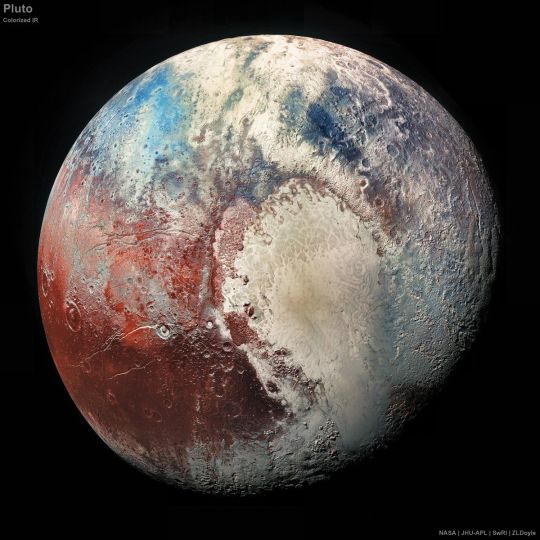
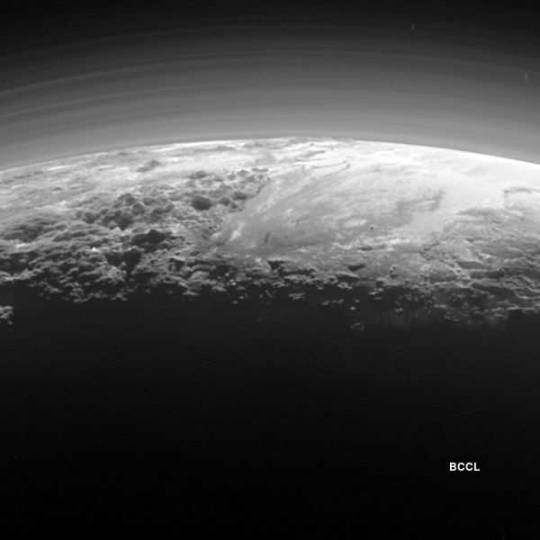
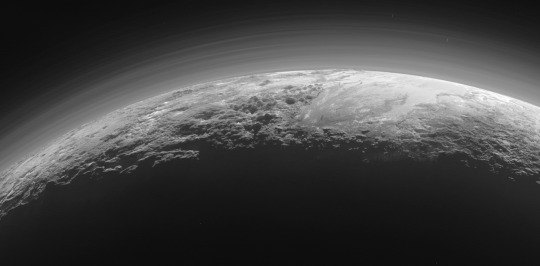

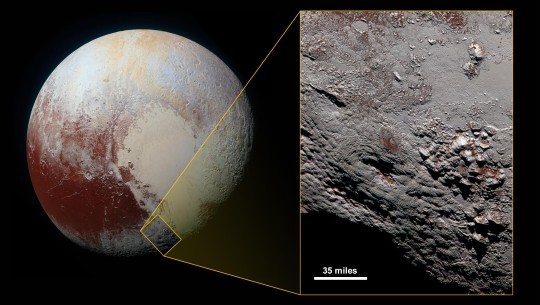
#astronomy#nasa#astronomers#universe#astrophotography#nasa photos#nasawebb#astrophysics#outer space#hubble space telescope#astrology#astronomy photography#astronomy picture of the day#astro observations#astro notes#astro community#astrography#our universe#nebula#pluto#planets#planet#nasa picture of the day#goddard space flight center#galaxies#galaxy#spacecraft#new horizons#space exploration#space
20K notes
·
View notes
Text
Then, when he had ended his operation, he went and leaned against the cage of the watch-light and watched the surface of the ocean.
"20,000 Leagues Under the Sea" - Jules Verne
#book quote#20000 leagues under the sea#twenty thousand leagues under the sea#jules verne#captain nemo#astronomical observations#viewing platform#ocean surface#ocean#sea#watch light
0 notes
Text


Strawberry Moon is June 3rd! Two nights away Those are two things I love- strawberries and moons!
0 notes
Text

#photography#space#outer space#deep space#james webb space telescope#messenger spacecraft#space and astronomy#space art#space photography#space exploration#astro notes#astro observations#astronauts#astronews#astrology#astronomers#astronomy videos#astronomy#astronomy photography#astrophotography#astronaut#astrophysics#astronomia#planets#planet#planet saturn
960 notes
·
View notes
Text

the infinite desires
#artists on tumblr#photography#astrophotography#astrophysics#astro observations#astronomy#astro notes#astro community#astronomical objects#astronomical observation#astronomical#astronomers#astrology observations#observatories#cosmic secrets#cosmology#cosmic dreams#cosmic poetry#cosmic art#outer space#planets#space art#galaxy#other worlds#infinite universe#expanding universe#supernova
449 notes
·
View notes
Text
Degree Series :The Hidden Meaning of the Degree of Gemini: (3°, 15°, 27°)

ᥫ᭡ ᡣ𐭩 SO I've been diving deep into degree theory recently, partly because I wanted to gain a deeper understand as there is so much to unpack. I started with gemini as I have a lot of gemini energy in my chart, and so its mostly as a reference for myself however I wanted to share some of my findings here to help anyone else—whether you're new to astrology or a seasoned like me—who's interested in learning more about how degrees work in astrology. I plan to do a series covering all the signs, but I wanted to start with Gemini since that's where my focus has been lately.
When we think of Gemini, we often focus on communication, dual energy, quick thinking, and curiosity etc—but did you know that certain degrees of Gemini hold much deeper meanings?
3° Gemini: The Writers' Playground and Paths We Travel 📝🛣️
The 3rd degree of Gemini, we all know that it is traditionally connected to communication but did you know its also connected to the act of writing itself, so like things like —pencils, notebooks, stationery, and paper. I've always had a love for stationary, I would be so happy when my friends would buy me stationary for my birthday. This is the degree of the scribe. If you have placements here, you may have an intuitive connection to putting thoughts into words, making this an ideal degree for writers, journalists, and storytellers, journalling might be good for you.
3° Gemini is also tied to movement—not just short trips like we know but, crossroads, streets, and transportation. It governs traffic, bus stops, junctions, dual carriageways and the various means by which we navigate both physical and mental journeys. If you have planets at this degree, they may influence how you move through the world, both literally and figuratively. The mental agility of Gemini is mirrored in the constant flow of traffic and movement.
15° Gemini also governs corridors, balconies, and gates—the spaces in-between. These are transition zones, just like Gemini, which constantly moves between ideas, identities, and experiences.
This degree extends its reach into daily connections too: from chatting with a neighbor to a quick text or phone call, all short, rapid exchanges of ideas are tied to this powerful degree.
15° Gemini: The Intellectuals and In-Between Spaces
15° Gemini, we all know that it ties to all things communication, or intellectual work. It’s tied to journalists, literature, and education. radio anchor, radio presenter, news editor, magazine editor, teacher, speaker, publisher, social media marketer, all of that jazz.... It's a great degree for announcers—those who are literally the voice of information, whether on radio or TV.
This degree even links to personal documents like passports, driver’s licenses, or IDs—anything that helps you move between spaces, both literal and symbolic.
27° Gemini: Commerce, Communication, and the Power of Connection
Finally, 27° Gemini reveals a connection to commerce and communication. This degree governs shops, merchants, and the exchange of goods.
—it’s also about the gathering places where exchanges happen. Whether it’s a newsstand, post office, bus stop, or even a bookstore, this degree marks where people meet briefly, exchange ideas or goods, and then move on. It’s where we interact with our environment in fleeting yet meaningful ways.
There’s also a fascinating connection to siblings, twins, and childhood. This degree highlights duality, balance, and the ability to juggle two or more worlds at once—whether it's managing relationships with siblings, or navigating between personal and professional lives.
If you have placements at 3°, 15°, or 27° Gemini, pay attention to how these areas show up in your life. Whether you’re connecting ideas, working in a commercial setting, navigating different environments, or fostering quick, intellectual exchanges, these degrees reveal the dynamic, multifaceted nature of Gemini.
From writing and communication to short trips and business exchanges, these degrees show where the everyday world of ideas, movement, and commerce comes alive.
#gemini#zodiac#zodiacsigns#astrology#astronomy#horoscope#pisces#aquarius#virgo#sagittarius#capricorn#libra#leo#scorpio#taurus#aries#Gemini#polls#tumblr polls#nasa#astronomers#universe#astrophotography#nasawebb#astrophysics#outer space#hubble space telescope#astronomy photography#astronomy picture of the day#astro observations
69 notes
·
View notes
Text


—
Chandra, named in honor of the late Indian American astrophysicist Subrahmanyan Chandrasekhar, launched to space aboard the space shuttle Columbia on 23 July 1999.
The crew, including STS-93 Commander Eileen Collins, deployed the telescope into its oval-shaped orbit, which takes Chandra on a path around Earth that is nearly one-third of the distance to the moon.
So far, Chandra has taken nearly 25,000 observations of the universe.
The telescope observes the cosmos through X-ray light, which is invisible to the human eye.
X-rays are released by some of the most energetic events and hottest objects in the universe, including exploded stars, material swirling around black holes, galactic collisions and even exoplanets.
Chandra plays a key role not only as an X-ray telescope but in providing data that pairs with observations from other telescopes.
Combined, all of those wavelengths of light provide a more complete picture that enables astronomers to solve the universe’s lingering mysteries.
24 July 2024
#Chandra#Columbia#space shuttle#space telescopes#telescope#x-ray light#cosmos#space#universe#Subrahmanyan Chandrasekhar#STS-93 Commander Eileen Collins#astrophysics#astronomy#stars#celestial bodies#astronomical observation#space science#nebulae#supernovas#galaxy clusters
91 notes
·
View notes
Text

[Saturn. Apr 1. 1915. Photographed by Dr. Lowell. Lowell Observatory]
#Saturn#saturn planet#Planets#1900s#early 1900s#film#space#early 1900s science#Observations#sepia#dark academia#aesthetic#photography#astronomical observatory#Lowell observatory
70 notes
·
View notes
Text
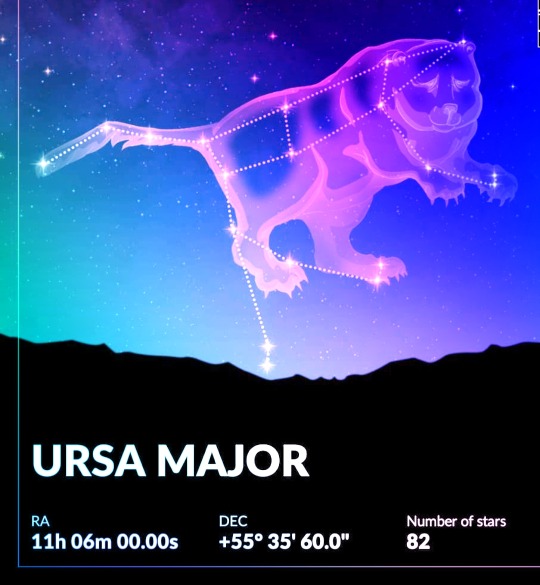
URSA MAJOR CONSTELLATION
#science#Ursa Major Constellation#spirituality#technology#tumblr milestone#nature#positivity#hubble telescope#quotes#outer space#space photography#constellation#astronomy#astrophysics#astronomical observations#astrophile#astrophotography#astro observations#ursa major
40 notes
·
View notes
Text
Astro Mention!
Astro Content created by @queenlytheeastrobabe copyrights reserved to QueenlyDelights.
PSA: Don't. Be. A. Dick, Don't plagiarize, or steal my work. You may share, like, & comment on this post. Thank you.
I've started a series to highlight astronomers & astrologers who built the foundation & contributed tools for understanding the science behind astrology. This is the 1st of my series, Enjoy!



#astronomy#Benjamin Banneker#Famous Astronomer#black history#History#scorpio#astrology#astro observations#astro notes#queenbeza#astro community#queenlytheeastrobabe#farmers almanac#moon phases#new moon#full moon#lunar eclipse#spooky season#september#zodic signs
20 notes
·
View notes
Text
The Majestic Eagle Nebula (M16): Unveiling the Stellar Sculptor
Credit: NASA, ESA, and the Hubble Heritage Team (STScI/AURA) In the depths of the cosmos lies a breathtaking celestial masterpiece known as the Eagle Nebula, or Messier 16 (M16). Located in the constellation Serpens, this nebula has captivated astronomers and stargazers with its stunning beauty and unique features. In this article, we will embark on a journey to explore the enigmatic Eagle…

View On WordPress
#Astrobiology#Astronomical Catalogs#Astronomical Databases#Astronomical Imaging#Astronomical Instruments#Astronomical Observations#Astronomical Phenomena#Astronomical Spectroscopy#Astronomical Surveys#Astronomical Units#Black Holes#Celestial Bodies#Constellations#Cosmic Microwave Background#Cosmology#Dark Energy#Dark Matter#Exoplanets#Galaxies#Light-years#Meteor Showers#Nebulae#Planets#Solar System#Space Exploration#Stars#Stellar Evolution#Supernovae#Telescopes
6 notes
·
View notes
Text



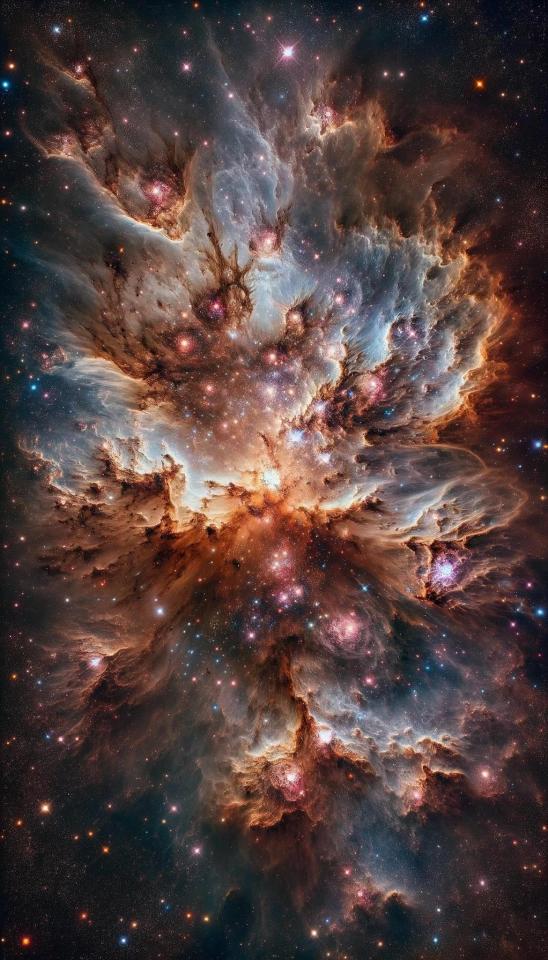
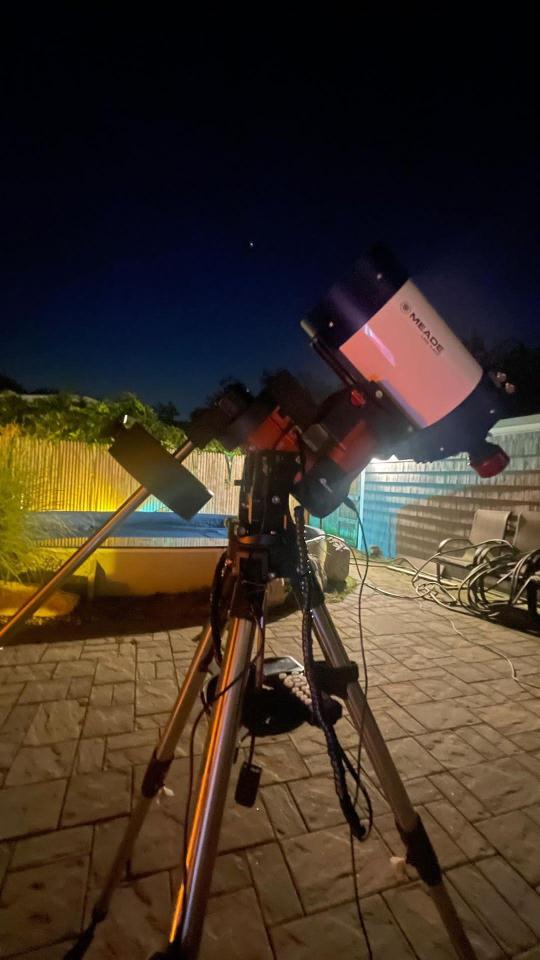
Think we're the only planet with life? 350mp quality. Remember to download to your phone and zoom in. Gets even more beautiful. Yes this is a nebula, yes I know there’s no life in a nebula. Of course these are not real photos. Duh!
#astronomers#astrophysics#astrophotography#astronomy#space station#hubble space telescope#james webb images#james webb#nasawebb#nasa#space photography#universe#astrology#astro observations#astro notes#asterion#telescope#james webb space telescope#mars planet#jupiter planet#saturn planet#planet#planets#space science#space#outer space#james webb space technology#space exploration#jet propulsion#i love astronomy
11K notes
·
View notes
Text



























Galileo Galilei observed the moon through a telescope for the first time on November 30, 1609, and drew its mountains, craters and oceans.
#Galileo Galilei#observed#moon#telescope#30 November 1609#415th anniversary#night sky#evening#close up#astronomy photography#astronomical photography#full moon#USA#travel#photography#photoset#detail#history#science#Ottawa#Sweden#Canada#Spain#original photography#vacation
7 notes
·
View notes